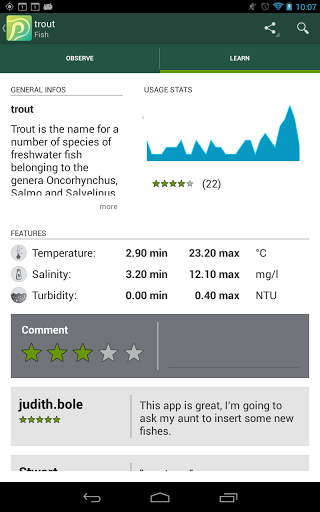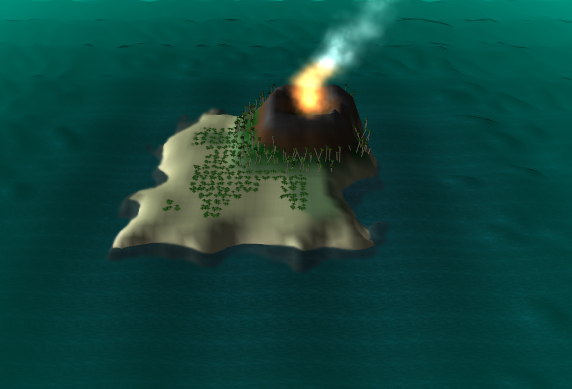So I decided to open source my dungeon crawler game that I made a while ago. My original plan was to develop it further and make it into yet another Xbox indie game available for download.
However time was always a problem while I was at university so I never got around to completing it. I hopefully one day however will return to complete a similar like game but I wont be making it in C# or reusing any of that code. (Except maybe the level generator, that was pretty incredible if do say so myself).
Feel free to use any of the code or any of the art.
https://github.com/Stewart-Taylor/DungeonCrawler
The main components of the game which you will want to look at are.
- The Level generator ( All levels are created through clever procedural techniques)
- The particle effect system.
- The character sprite animation system. ( All characters are created from individual parts. So you can cut off legs, arms,etc)
If you have any questions about the source code feel free to email me. Be warned though it is a bit messy.
Also I plan to open source a lot more of these small projects that I have worked on, in the hopes that it is useful to someone else.





